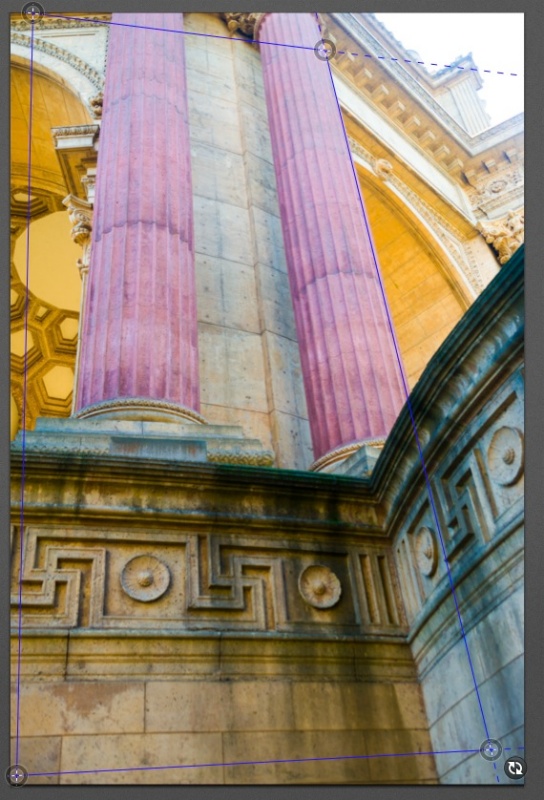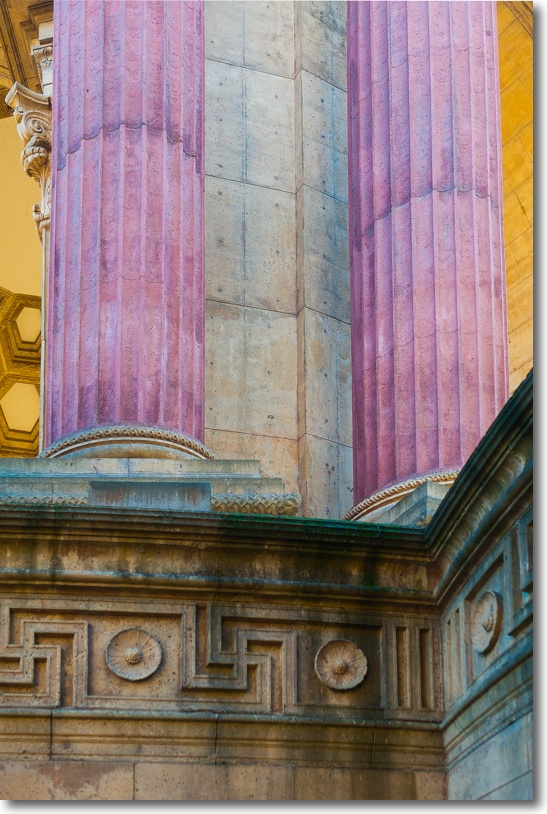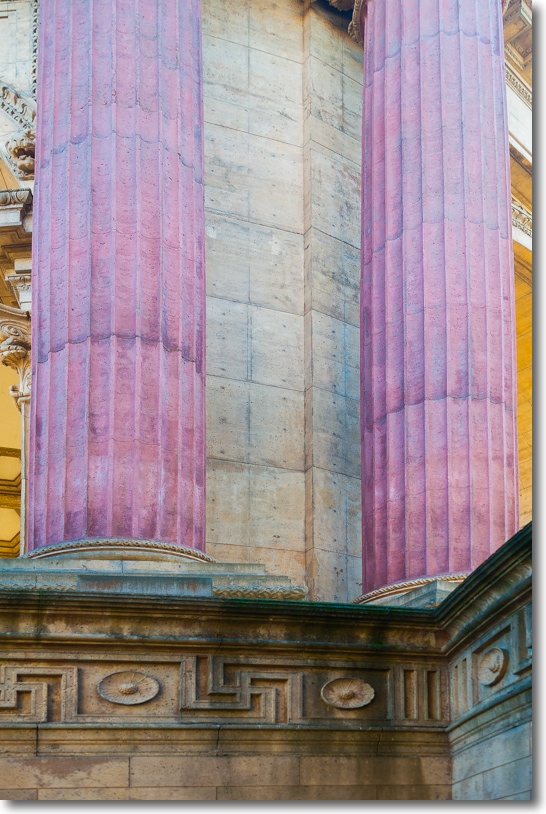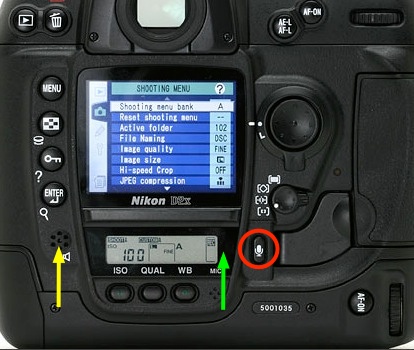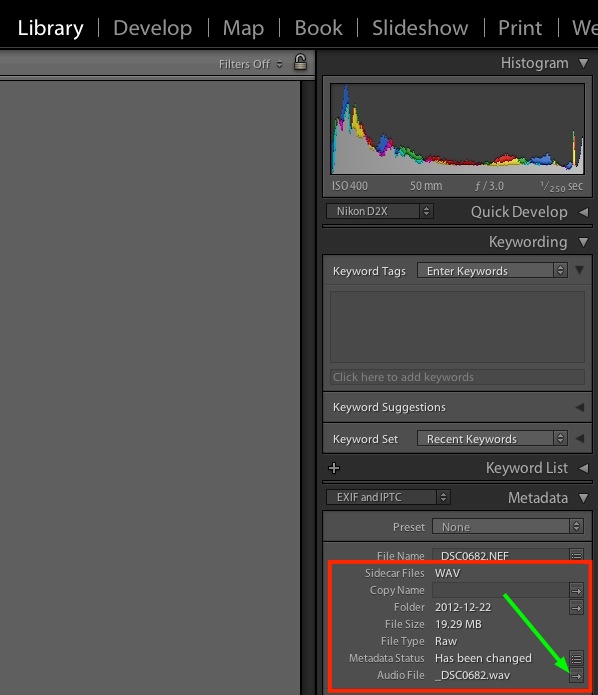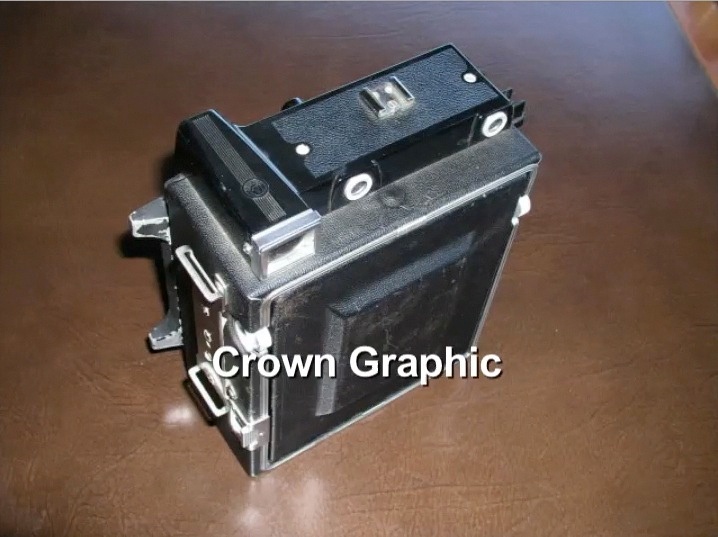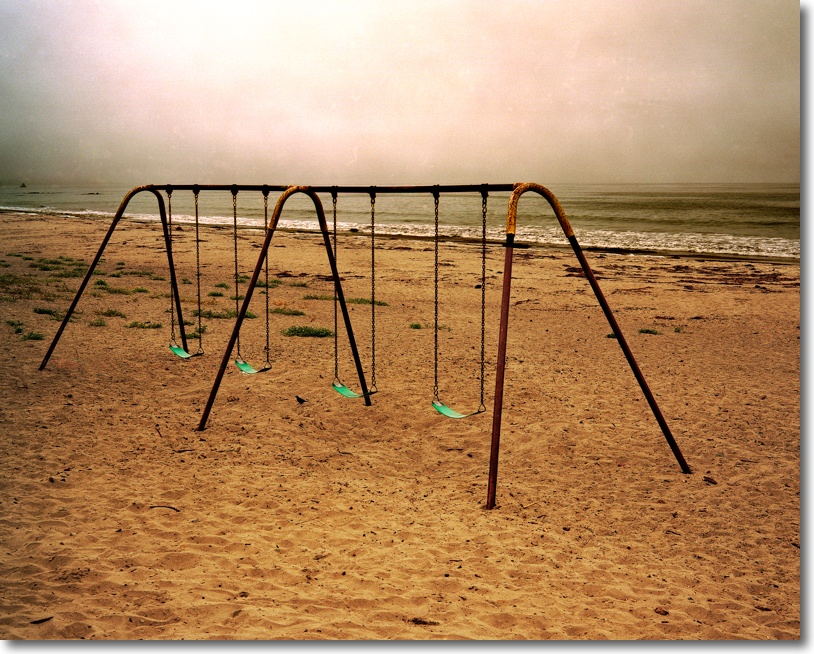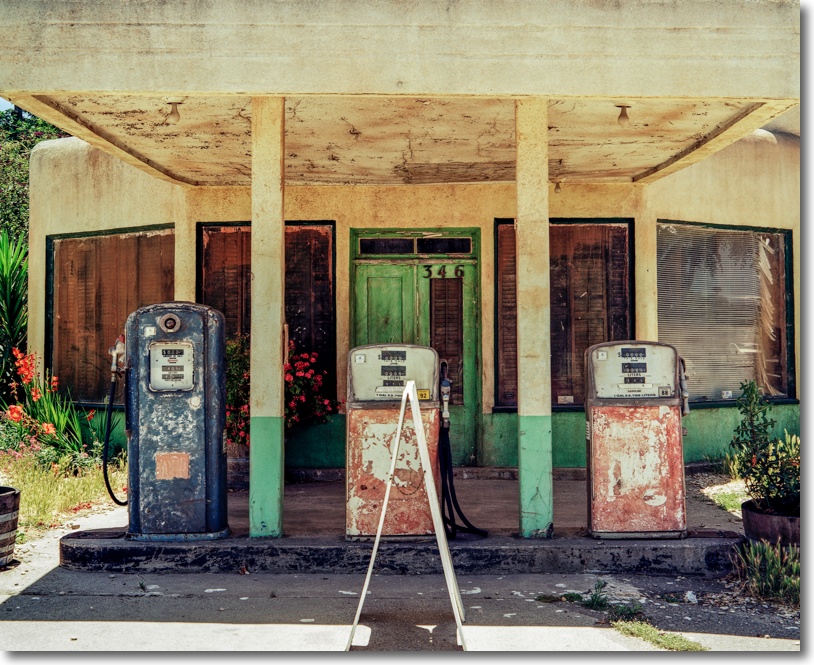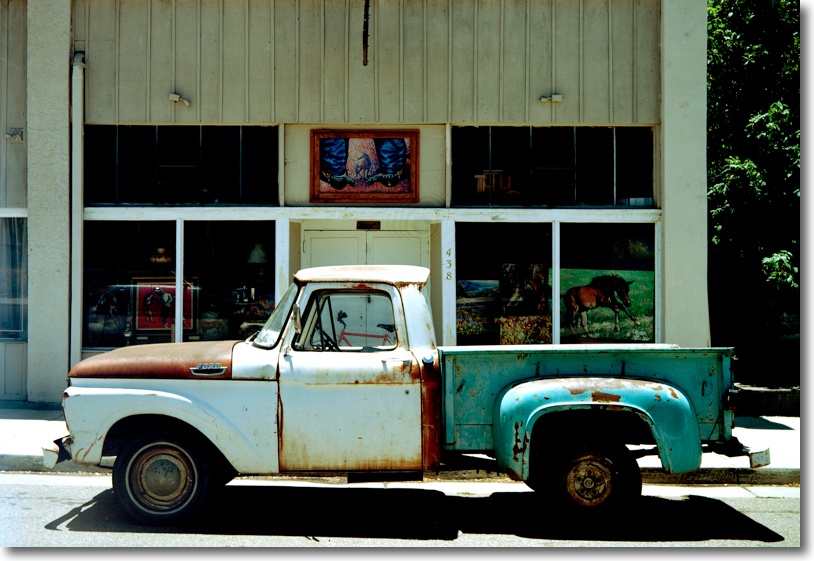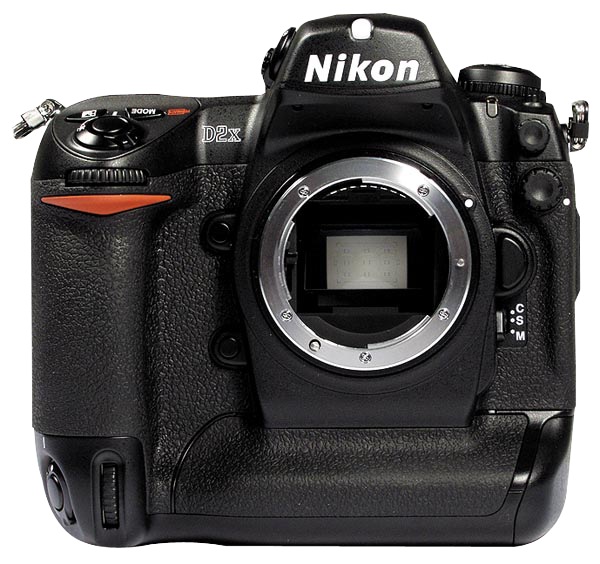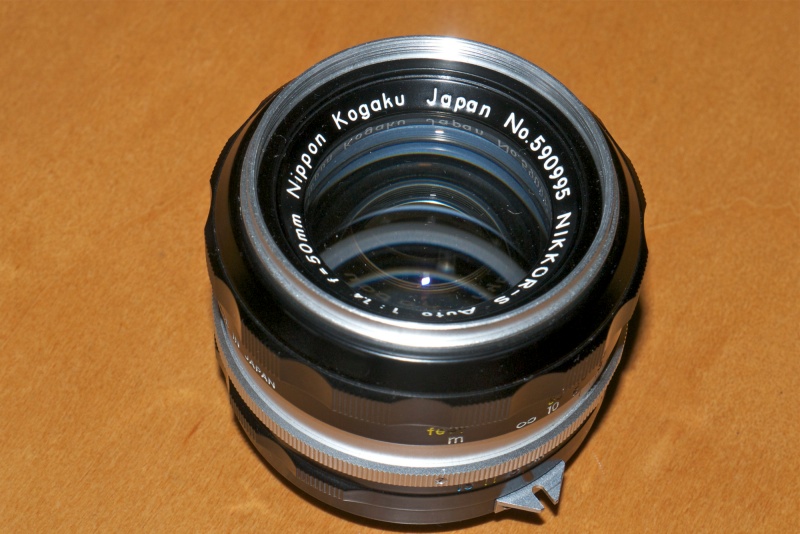Rational extrapolation.
Moore’s Law is named after one of the founders of Intel and holds that the number of transistors in a CPU doubles every 18 months.
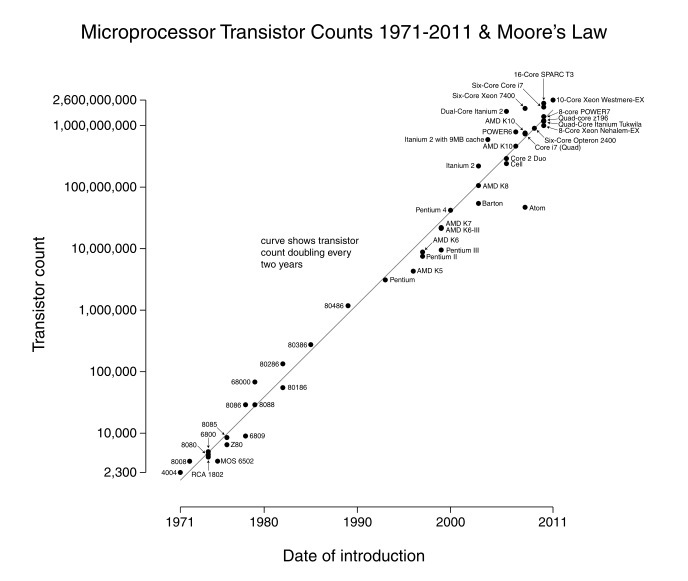
Even as component spacing approaches the frequency of the electromagnetic spectrum, which I suppose is a theoretical limit, the Law shows no sign of abating. Indeed, any data point above the line in the chart above reflects a rate of change faster than the 18 month frequency suggested by the Law, and there are many such recent points.
Which begs the question why have digital camera sensor densities been so much slower to grow? By any standards 2012 has been a stellar year for full frame camera sensors, with much of the increase in pixel counts coming from Sony in their own branded bodies, their SLT-A99, DSC-RX1 and SLT-A77 all at 24 mp, Sony manufactured sensors in the Nikon D800/800E (36mp) and in the D600 (24mp) and Canon’s sensors in their 5D Mark III (22mp). The snapper has never had a better choice of full frame bodies and Sony’s RX1 finally added a compact non-DSLR fixed lens body to the options.
As each new body sees an older one obsoleted, with prices dropping by over 50% a year or two later, this rapid pace of change affords tremendous choice in used full frame bodies for photographers. The $3000 Canon 5D Mark I (12mp) of yore can be found mint for under $700. The stunningly expensive $8,000 Nikon D3x (24mp), still sold for some $7,000 new, is easily found in barely used condition for under $3,000. The robust Nikon D700 (12mp), $3,000 until the D800 and D600 crushed resale values, can be easily found in unmolested condition for under $1,500.
The need for greater sensor densities has been accompanied by much ignorance or misinformation. Those decrying ever higher pixel counts will damn them with words like “you only need these for billboard sized prints” or “the noise levels rise with pixel count”. Both are wrong. The definition from the latest sensors in Sony, Canon and Nikon bodies make selective enlargements ever easier and the sensors are emphatically lower noise than those of the previous generation. I often find myself snapping with a lens in the 20-35mm range, sometimes cannot get close enough to the subject fast enough and end up having to enlarge a section of the original. A denser sensor pixel count makes the result that much better.
Yet despite Moore’s Law, camera sensors have not remotely increased pixel densities at the rate seen in CPUs and GPUs. The 1999 Nikon D1 had 2.6mp in its APS-C sensor, equivalent to 4mp in FF. That was 13 years ago. Today’s D800 has 36mp, an increase of only 9x in 13 years, whereas had Moore’s Law applied we would be seeing 100mp today. Whether controlled co-opetition based on oligopolistic practices or more arcane technical issues are the cause, the rate of growth in sensor densities pales in comparison to what has been accomplished in microchips.
However, the D800 introduced this year reflects a serious jump in densities and we can expect another even denser sensor from Canon in 2012, rumored at 45mp in the 5DX. That suggests that 100mp is maybe 2-3 years away at most. This jump in sensor densities has also exposed flaws in technique (focus must be dead on, camera shake negligible to get the best out of the sectional enlargement) and while the newest sensors improve the results from any lens, many lenses are now being ‘out defined’ by the latest breed of sensors. So we have had the wonderful experience of seeing Zeiss becoming a serious competitor with outstanding MF optics for Sony, Canon and Nikon bodies forcing the Japanese to go back to the design computer to come up with something better. All photographers win from this competition.
Higher pixel densities are already available from Panasonic and Olympus in their latest MFT bodies, but those sensors are but one quarter of the area of FF. At 16mp that figures to 64mp on FF and the sensor in my Panny G3 yields 18″ x 24″ prints with outstanding resolution from the full frame with ease. Noise performance in not quite up to stellar sensors like the one in the D700, but it’s quickly getting there, already representing a significant improvement on the 12mp sensor in the earlier Panasonic G1. So while processing chips will have to speed up and buffer sizes will have to increase, we already have the technology to get sensors very close to 100mp.
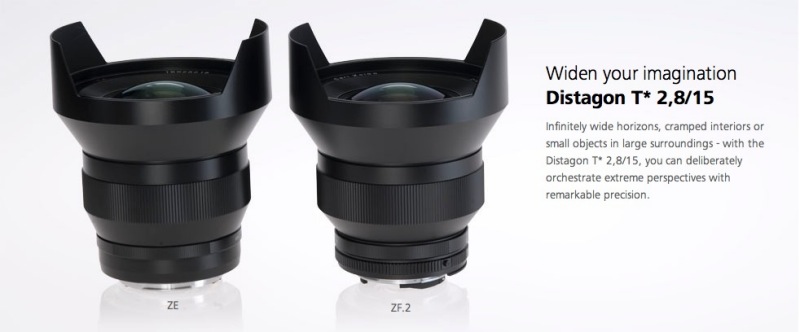
One of Zeiss’s latest offerings, the 15mm ultra-wide, raises the bar for Japanese designers.
Better yet, Schneider is now entering the FF lens business offering Sony, Canon and Nikon mounts for its 35mm Perspective Correction Super-Angulon, a storied name if ever there was one.
So while pixel densities have been crawling along for much of the past decade, I expect that we will see rapid growth in the number of high density sensors in the near future, accompanied by ever falling costs. Truly, this is the golden age of photography. Film, once scanned and digitized, cannot equal the resolution afforded by the latest crop of digital sensors. At 4,000 ppi, FF film maxes out at 24mp and it takes ages to complete a scan that dense, which still leaves the snapper having to retouch dirt and scratches. And the result, with all the lossy steps, is a digital copy of an analog original. Hard to see how that makes sense. Further, as optics leap forward these high pixel count FF sensors will rapidly sound the death knell of overpriced medium format hardware from the likes of Hasselblad and Leica. Why spend $50,000 when like performance can be had for 10% of that sum?
